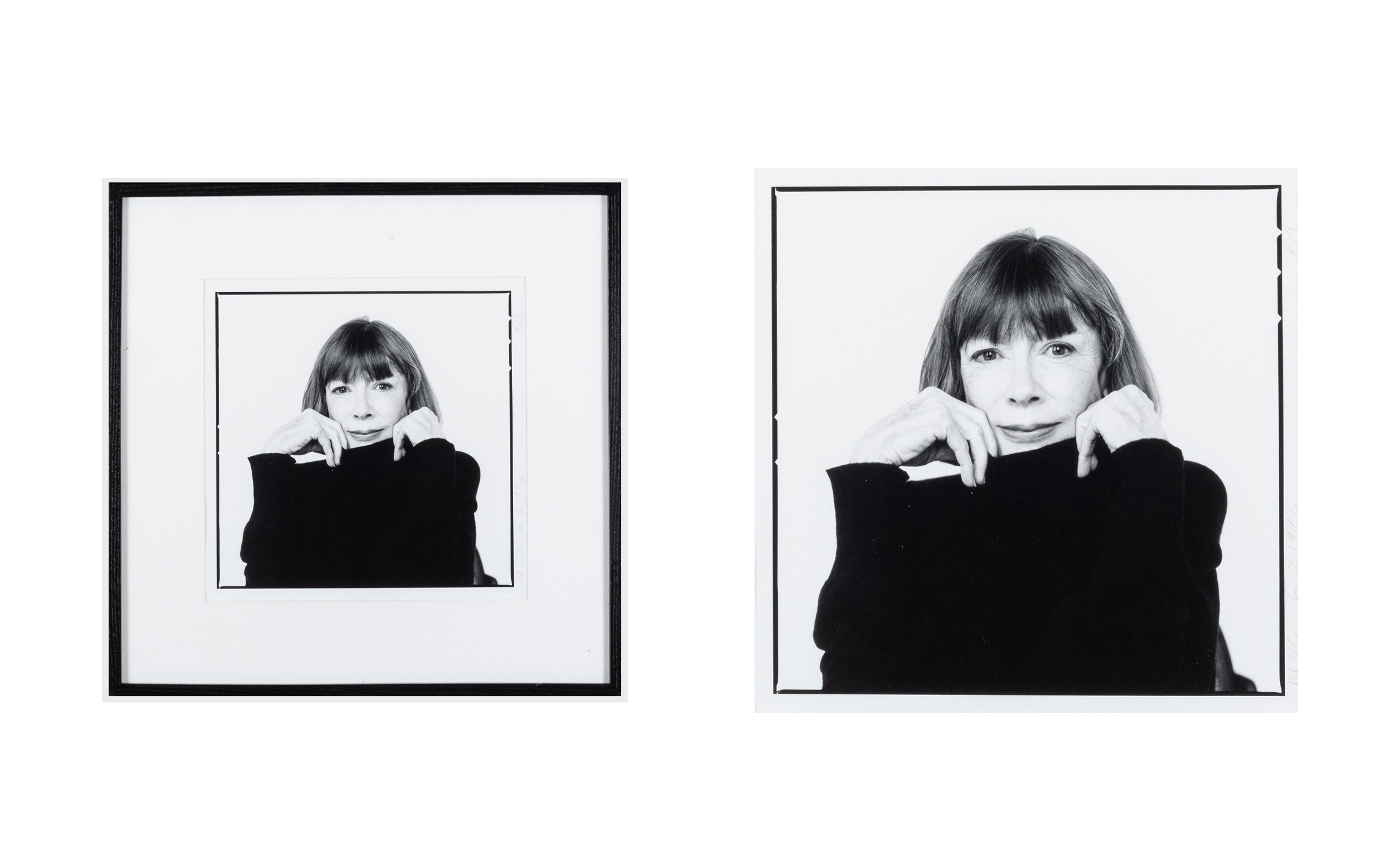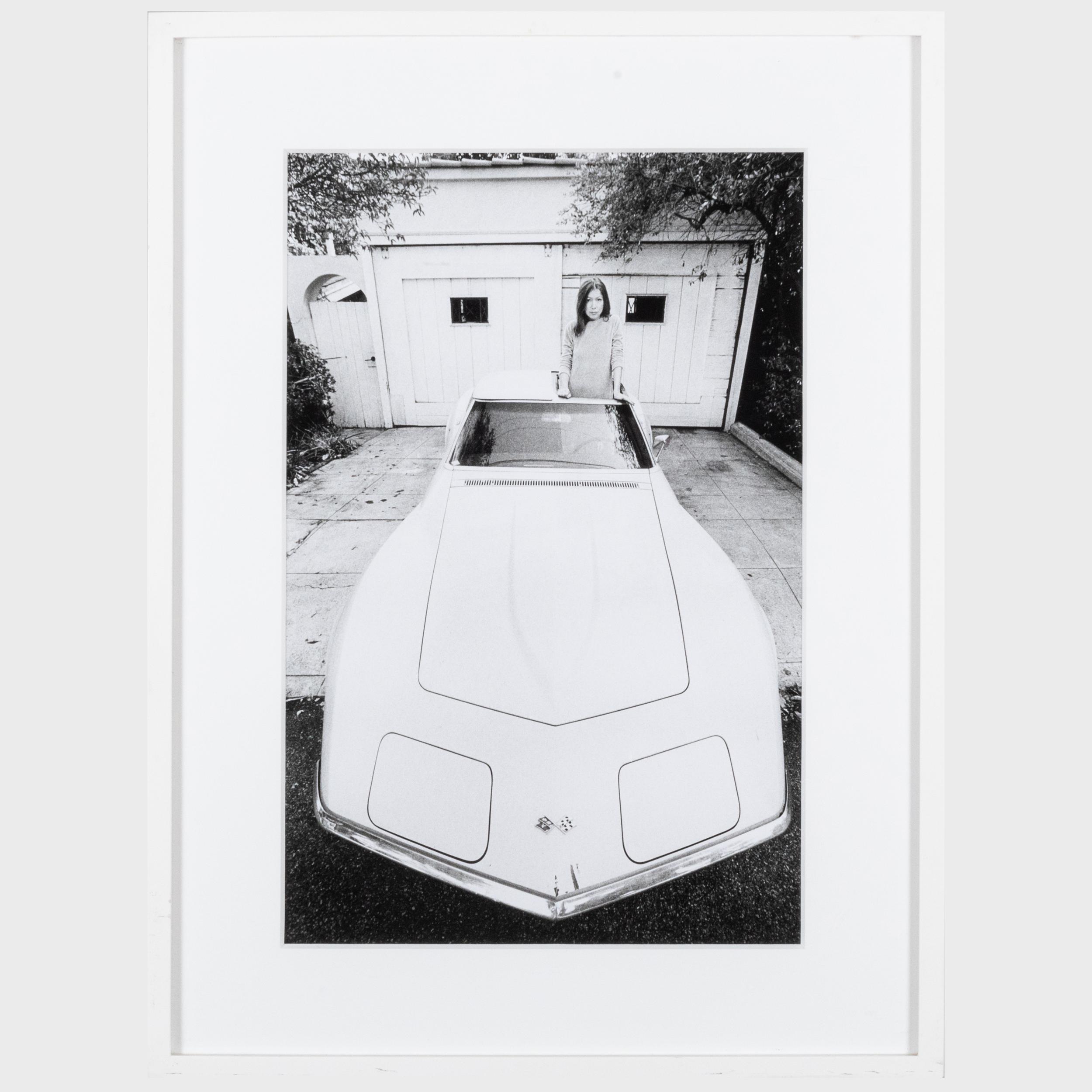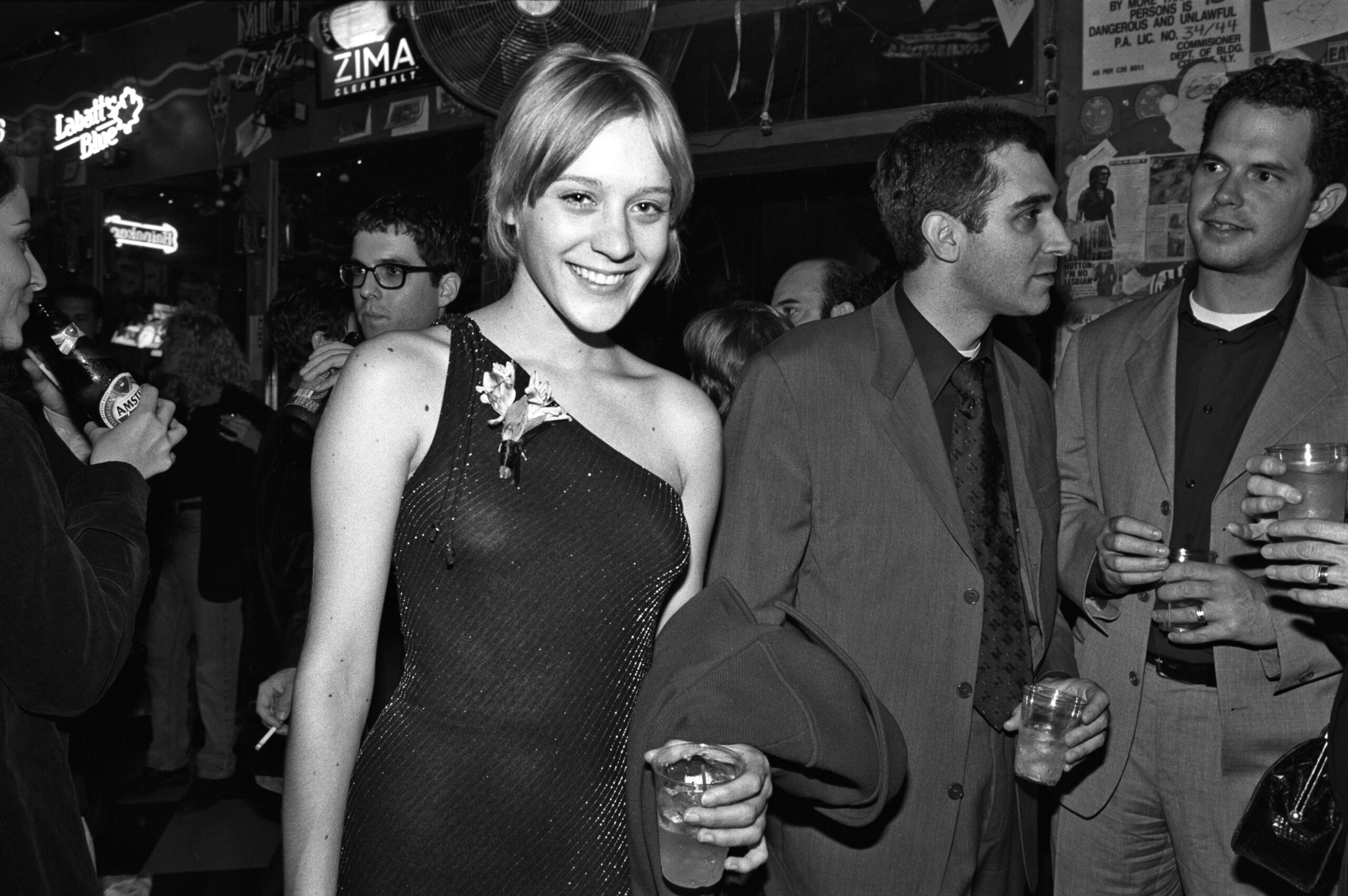News feed

Imagine you’re eyeing up a pair of ballet flats. To the naked eye, they’re rather unremarkable, standard in cut and craftsmanship, save for some discolouration from wear, and they could definitely use a resole job. Now imagine taking them home for the winning sum of £3,250 (AU$6,278). It sounds like a laughable cost, but it’s almost a bargain when you consider the LBD that had just gone for £467,200 (AU$902,000) prior. Of course, no one’s readying their bidding paddles simply because they need a new outfit. These pieces were just two of many wardrobe items that have been sourced from Audrey Hepburn’s personal archives and sold decades after the actress’ death. Similarly, a Jacques Azagury dress worn by Princess Diana and a knit sweater she famously donned sold for US$1.2m (AU$1.75m) and US$1.14m (AU$1.74m), respectively. With so much choice at our fingertips, it’s hard to imagine forking out such fortunes for clothing. But we’re not just paying for shoes, are we?
In her book Braiding Sweetgrass, author and botanist Robin Wall Kimmerer writes about how an object – a strawberry or a sock, as she muses – is completely changed by the way it comes into our hands and what we know of it. Two of the same thing may be created equal, but the means by which it travels and all it touches along the way, may completely transform it.
While fans have always flocked to be in proximity of Hollywood, celebrity ephemera has become big business as of late, particularly when it comes to clothes. A year after Joan Didion passed away on December 23, 2021, New York-based auction house STAIR Galleries hosted her estate sale to frenzied bidders. With a catalogue of over 220 items, the event ended up generating more than US$1.9m (AU$2.9m). While the literary icon is a staple on most bookshelves, even the expert sellers couldn’t have predicted the enormity of its success.
Take Didion’s Celine sunglasses, for example, which were estimated to fetch between US$400-$800 (AU$600-$1,200) but ended up selling for US$27,000 (AU$41,000) – 33 times what was initially forecasted. And beyond accessories, household items like pens, napkins, lamps, and desks went for equally unforeseen amounts. Think of the collection of seashells and blank notebooks that went for US$7,000 (AU$10,675) and US$11,000 (AU$16,775), respectively.

As director of the Fine Arts Department at STAIR Galleries in New York, Lisa Thomas has aided in the arrangement of countless estate sales, including Didion’s, and says that the turnout showcased a spectrum of people and emotions.
“We had people of her generation who grew up in California relating to her life, people in their 40s and 50s who studied her work in college, and people in their 20s and 30s who have recently discovered her writing and find it fresh and relevant today,” she tells me, admitting the volume of shoppers, as well as their sentimentality, was unexpected. “I was surprised at the level of emotion some people showed when viewing the exhibition. We had thousands of people through the gallery to see her things, and many were emotional and teary-eyed as they looked at her typewriters, sunglasses and book collection.
“It was so very personal for these people.”
Though buying from notable figures has always been of interest to fans, we’re seeing this fever sweep the internet, particularly as thrifting continues to boom with younger generations. As mass clothing production reaches all-time highs, Gen Z and millennial consumers have proven their appetite for unique and one-of-a-kind finds.

In May of 2023, actress and style icon Chloë Sevigny incited bedlam in the streets of New York City when she revealed she would be peddling thousands of pieces from her wardrobe. Naturally, crowds converged onto the space, with lines snaking around blocks and beyond for a chance to own a piece from Sevigny’s personal collection. While the range of items included a mixed bag of new and pre-loved, designer and nameless pieces, some were tagged with a ‘Chloë’s personal’ label to confirm that the actress indeed wore it.
Funnily enough, many of Sevigny’s customers were in their early 20s, having not even been born when she first landed her breakout role in Kids. But thanks to social media, Sevigny’s ’90s-’00s sartorial legacy is still a bedrock of inspiration for those in the know. And afterwards, hundreds of them took to TikTok to share their purchases and gush about their interactions with Sevigny, who had been present.

But when we slip into a pair of shoes owned by Audrey Hepburn or a pair of Daisy Dukes once worn by an actress on her way to run errands, what are we really buying into?
As Carolyn Mair, a behavioural psychologist who specialises in fashion, tells me, these trinkets, no matter how small or large or useful or impractical, can help us feel tethered to the social groups with which we hope to identify.
“[Materials] can offer insights into a person’s taste, values, background, status and even emotional states,” she says. “Accumulating these items can provide us with a sense of connection and affiliation with a person or group, which fulfils our psychological needs for belongingness and social connection.
“Some people are more aspirational, driven by a desire to emulate the lifestyle, status, or perceived success, and see owning these items as a way to elevate their own image or to feel closer to the person they admire,” she explains. “For others, it is sentimentality. They get an emotional boost through the sense of connecting with a particular moment, memory, or aspect of the person’s life that holds personal significance.”
“[Value] can come via the emotional resonance from personal experiences, memories, or cultural significance, which imbue an item with intrinsic worth beyond its material attributes,” she continues. “Societal influences such as trends, social validation and peer approval can reinforce the psychological significance of clothing and accessories in defining self-identity and self-expression.”
As is the case with any medium hawking second-hand gear, there is also the undeniable thrill that comes with the hunt of going through busy racks or duelling in a bidding war. Unlike a store, where if you miss out on one item, there’s a million like it in the backroom, purchasing a vintage find can feel much more special, especially when you weren’t looking for anything. And because of this, items, especially those that have graced the hands of the rich and famous, can appreciate in value.
On a psychological note, the phenomenon of people ascribing value to objects admired celebrities have come into physical contact with has come to be referred to as ‘inferred contagion’ and certainly has a role in our infatuation. In particular, it has been theorised that some people believe the ‘essence’ of an object’s previous owner is inherited by the object itself. In this way, owning Jimi Hendrix’s US$2m (AU$3.05m) 1968 Fender Stratocaster guitar could stoke feelings of talent and charisma.
One study published in the Journal of Consumer Psychology, which looked at the appeal of celebrity-contaminated objects, even observed the law of contagion to extend to external expectations. Findings suggested that owning celebrity-contaminated objects offered insights into how one might behave in the future, which consequently had social implications for consumers who own such objects. So, just as perceptions of the self may change with the materials we carry, those materials, even plain sunglasses, can be changed by us.
After all, those weren’t just any sunglasses for some. And though Celine-branded shades aren’t cheap at their retail price, these oversized lenses were a core part of Didion’s aesthetic iconography. Just like Steve Jobs had his black turtlenecks, the look became a signature of the writer, so much so that she was tapped to star in a campaign for the brand in 2015. It’s easy to imagine what one might feel when slipping them on.
“Owning something, a table or a drawing, that was owned by someone you admire adds another level of interest to the object and a bit more value,” Thomas tells me. “In the Joan Didion sale, a woman emailed me to ask if she could just buy a paperclip that was on Joan’s desk; it would mean that much to her to have a talisman to cherish.”
“I think we can all identify with that.”
To the naked eye, a worn pair of ballet flats really might be unremarkable – and certainly not worth a small fortune. But for those who regard the steps they’ve taken, they’re worth every penny.
THIS FEATURE IS PUBLISHED IN THE 17TH EDITION OF GRAZIA INTERNATIONAL. ORDER YOUR COPY HERE.








